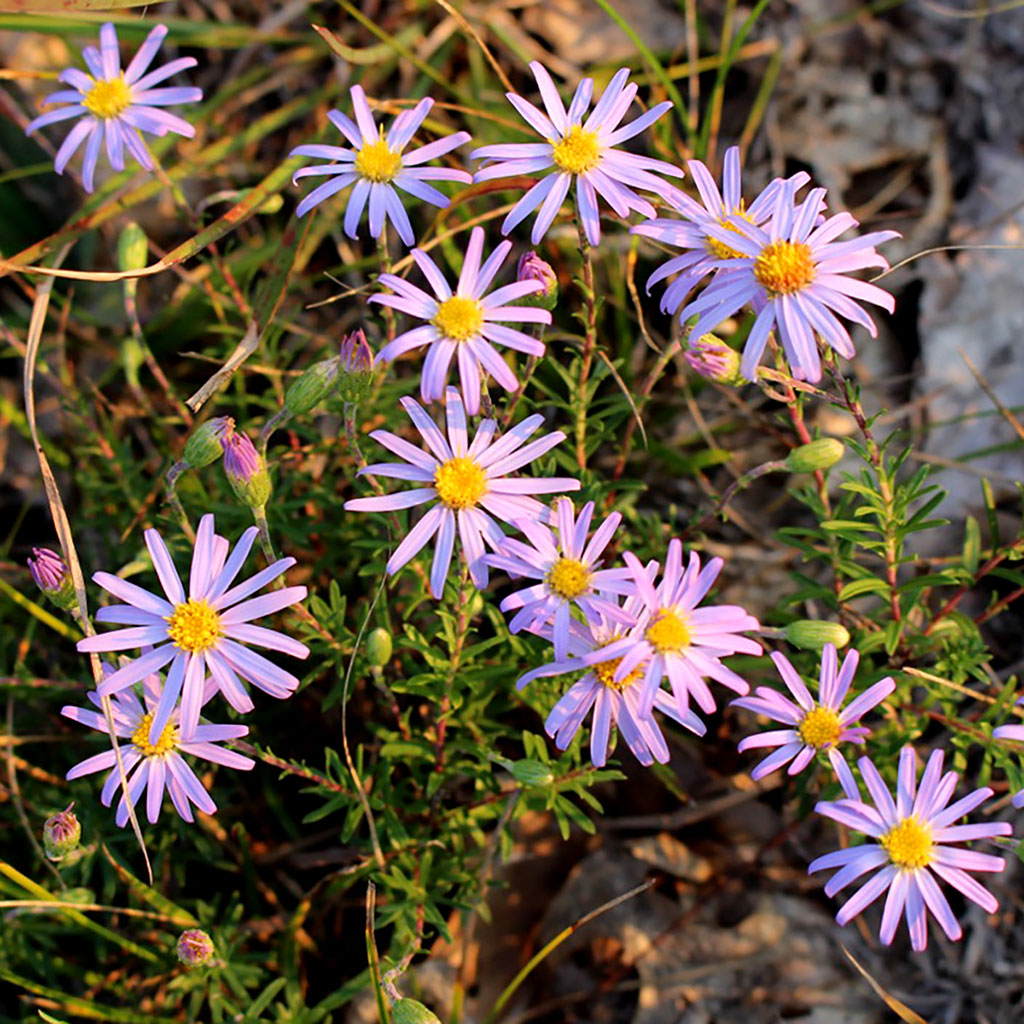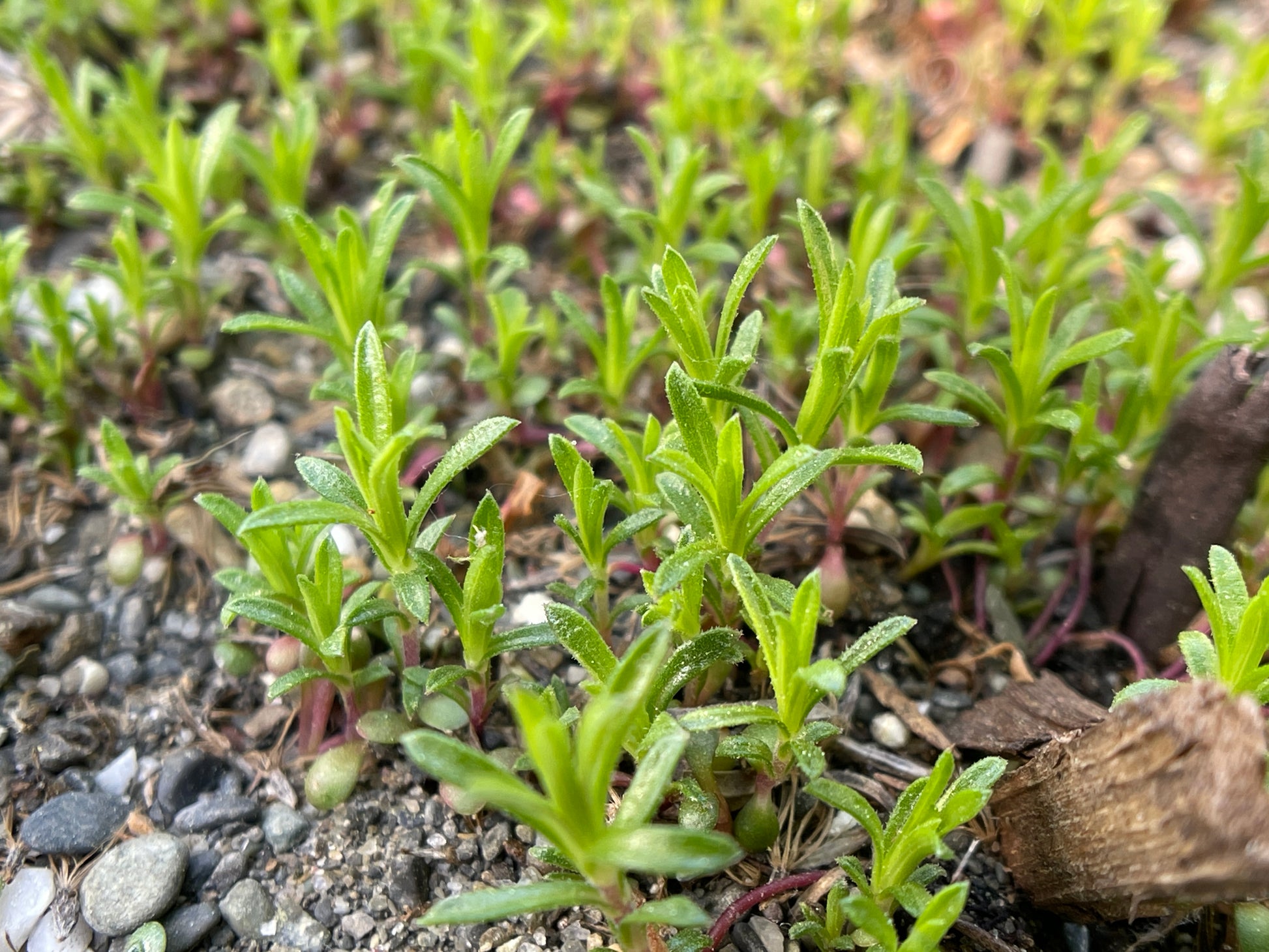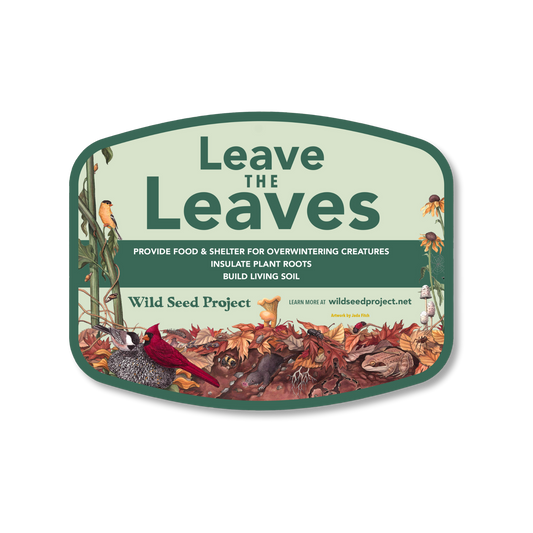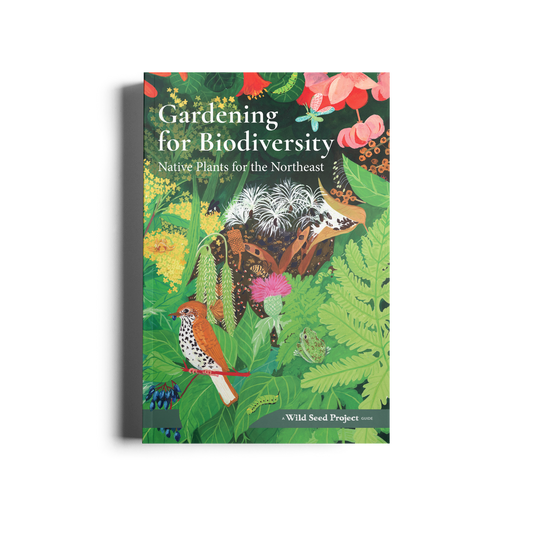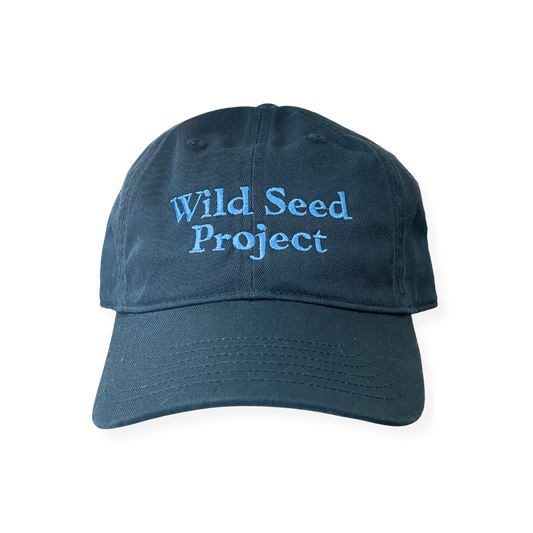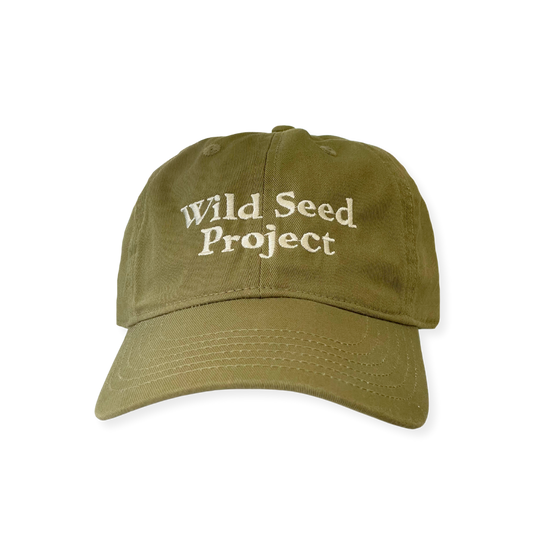Asters — Flax-leaved stiff aster (Ionactis linariifolia) Seeds
Asters — Flax-leaved stiff aster (Ionactis linariifolia) Seeds
In stock
Couldn't load pickup availability
A diminutive aster for the sunny, dry garden, patio edges, or sandy/gravelly meadows. Small dark green needle-like foliage is covered with lavender blue flowers in late summer and early fall. Butterflies and bees visit the blossoms of this tidy little perennial.
Native to Maine: Yes
Growing conditions: Sun in dry soil
Grows up to: 8-12"
Blooms: In late summer
Pairs well with: Butterfly milkweed, seaside goldenrod, spotted bee-balm, sundial lupine, little bluestem, and downy goldenrod
Natural habitat: Dry sandplains, pine barrens, and open, acidic woods
Seeds per packet: 50-100
These seeds do not need a winter or cold period to germinate. Sow outdoors in pots from November through April. A great species for beginner seed-sowers.
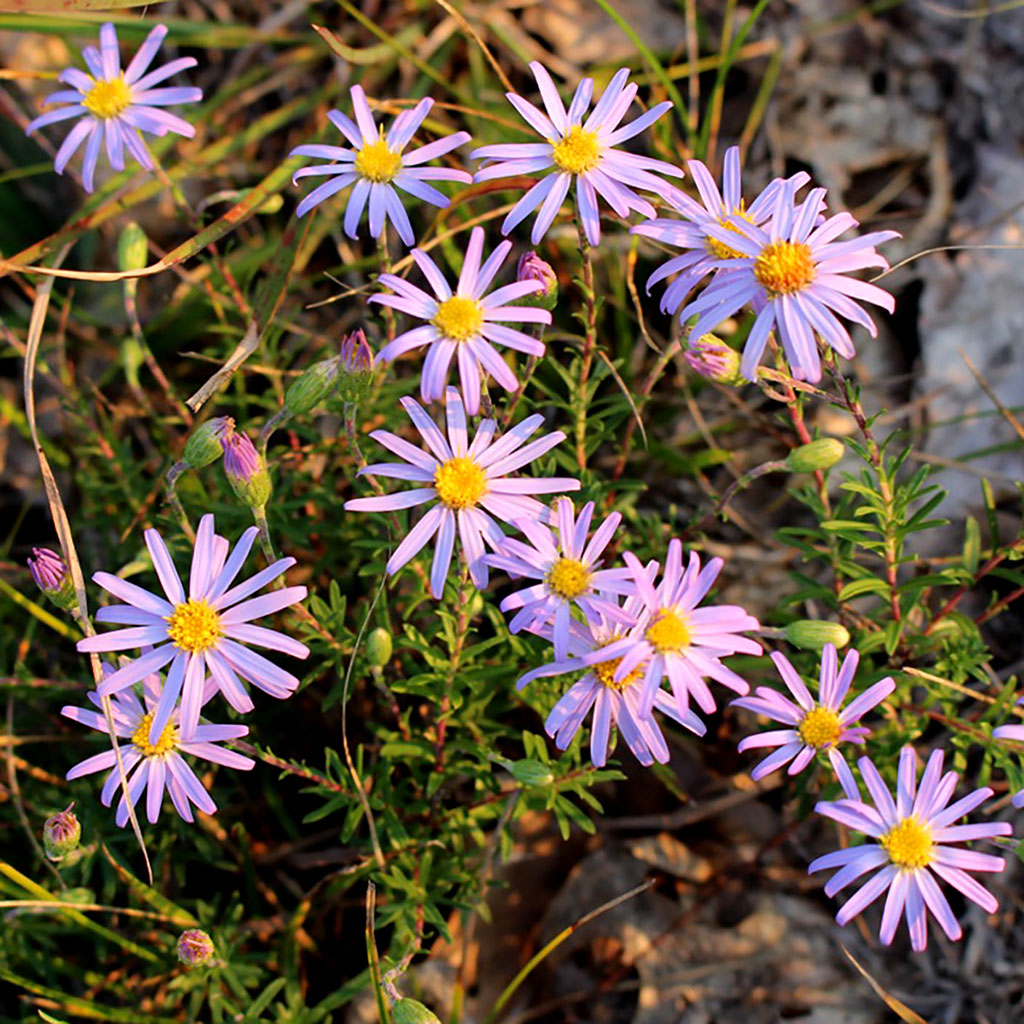
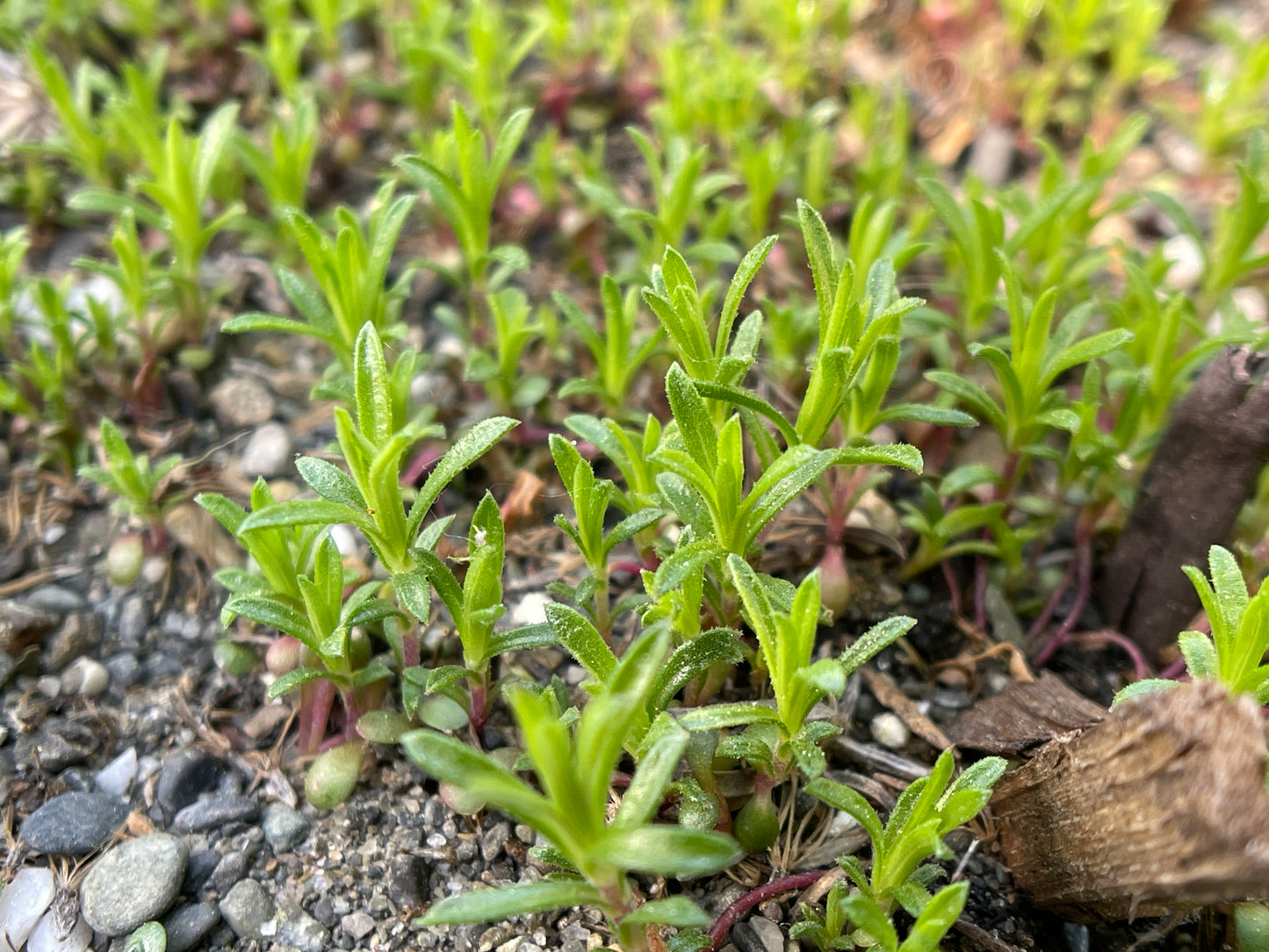
More from Wild Seed Project
-
Leave the Leaves Yard Sign
Regular price $ 23.80 USDRegular priceUnit price / per$ 28.00 USDSale price $ 23.80 USDSale -
Gardening for Biodiversity: Native Plants for the Northeast
Regular price $ 22.00 USDRegular priceUnit price / per -
Classic Logo Hat in Blue
Regular price $ 26.00 USDRegular priceUnit price / per$ 30.00 USDSale price $ 26.00 USDSale -
Classic Logo Hat in Moss
Regular price $ 26.00 USDRegular priceUnit price / per$ 30.00 USDSale price $ 26.00 USDSale
